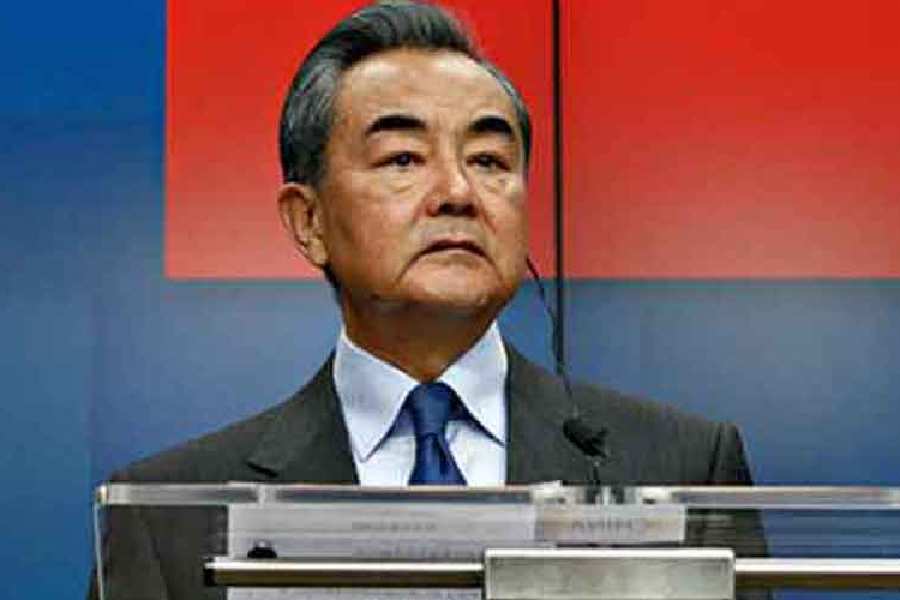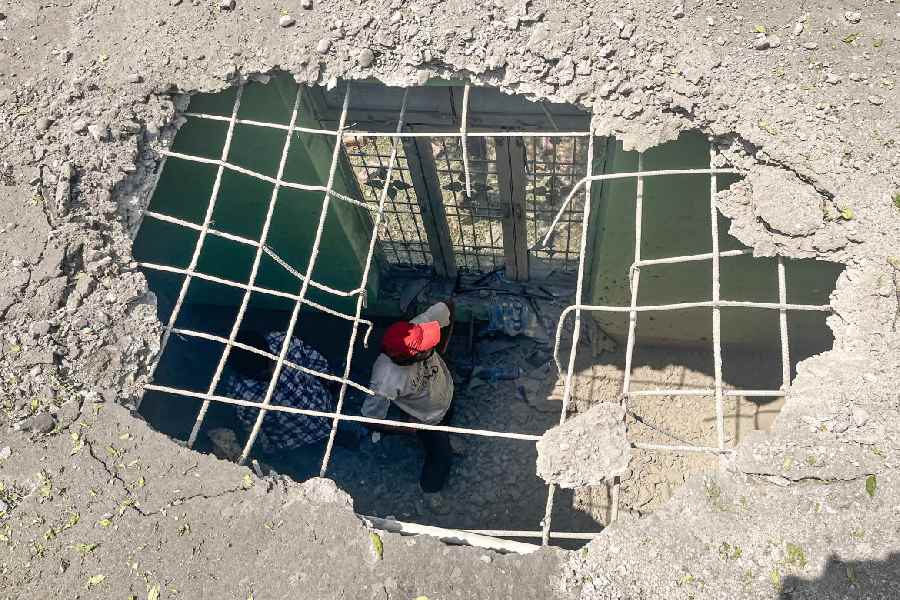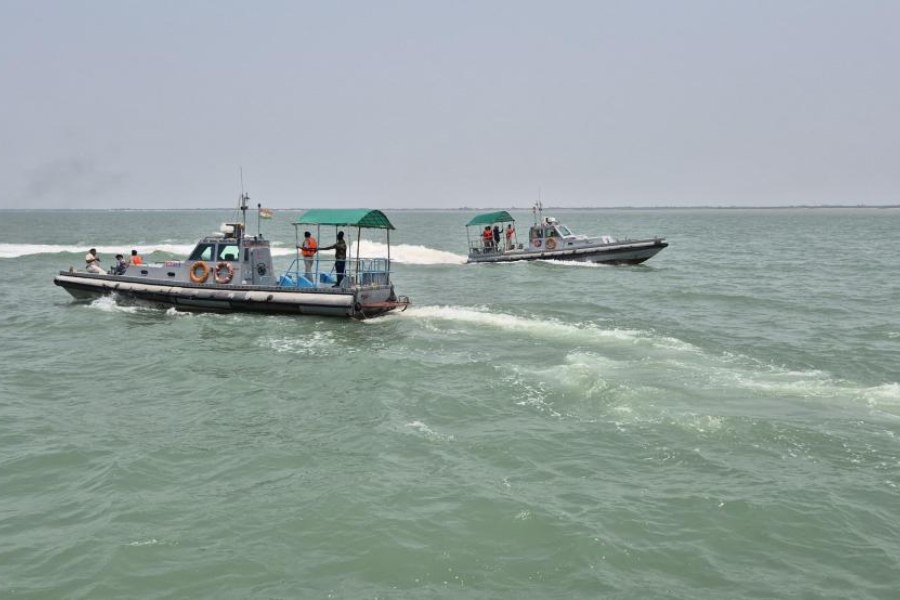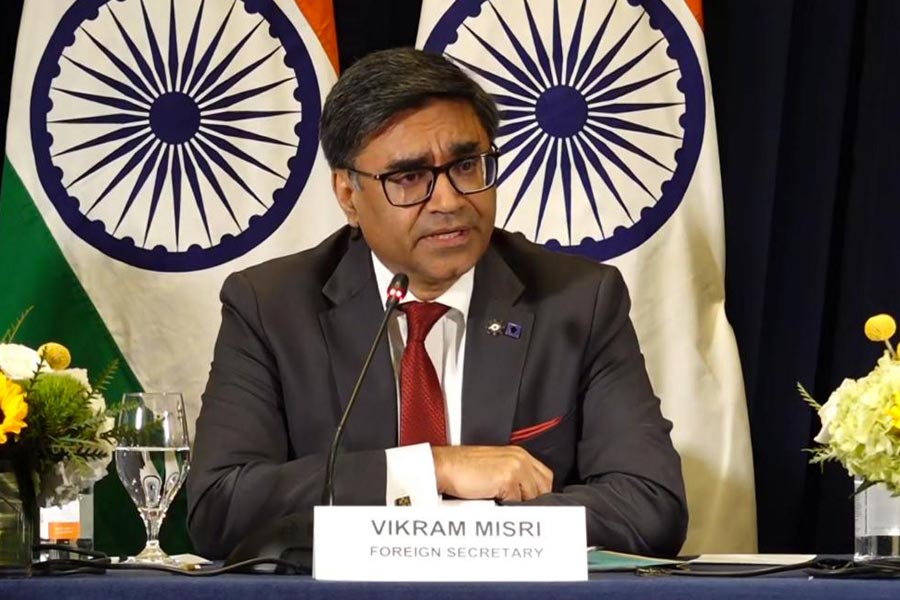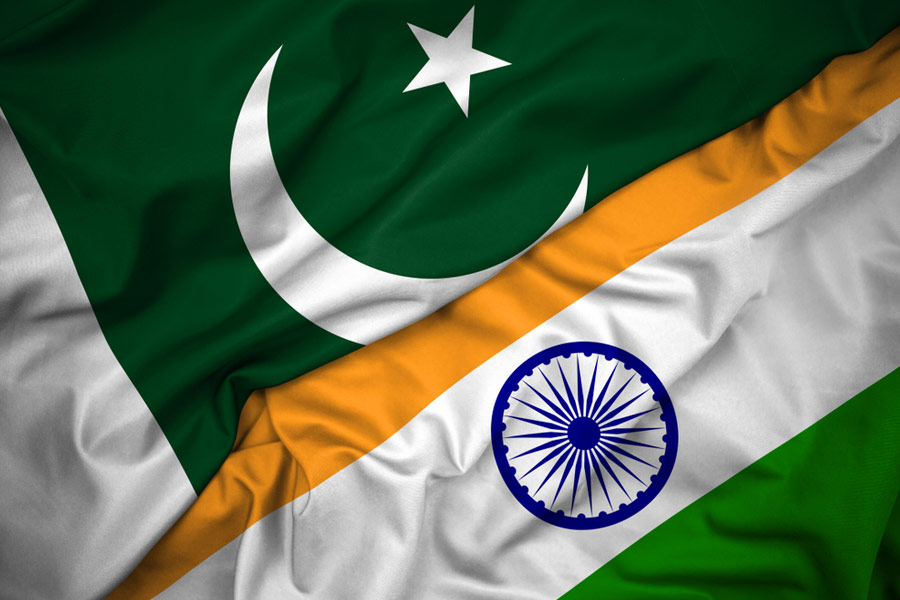 |
New Delhi, Feb. 26: Railway minister Nitish Kumar plans to invest Rs 8,000 crore in the mammoth Golden Quadrilateral — the network of rusty Raj-era infrastructure connecting the four metropolises.
Presenting the railway budget, Nitish Kumar said term-lender Asian Development Bank (ADB) had agreed to part-finance these projects and that it is making efforts to rope in the World Bank for additional funds.
The Golden Quadrilateral which inter-connects Calcutta, Mumbai, Delhi and Chennai, has a load-factor of around 75 per cent of the nation’s freight traffic. Started in 1988, the project to renew tracks on this heavy load sector was among the nation’s first and few major infrastructural investment.
“Strengthening of the Golden Quadrilateral and its diagonals will cost us around Rs 8,000 crore and this will form the cornerstone of the National Rail Vikas Yojana,” Kumar explained to the members of the lower House of Parliament.
The minister said a part-loan amounting to around Rs 1,500 crore has already been approved by the ADB. “This will be utilised mainly for the execution of the projects covered under the initiative of strengthening the Golden Quadrilateral, Kumar said.
The National Rail Vikas Yojana (NRVY) with a corpus of Rs 15,000 crore was constituted in August last year to raise the speed of freight trains to around 100 km an hour from the current 50 km an hour.
The NRVY will also undertake and implement projects to extend the railway network to the ports located along the nation's east and west coasts.
“Projects under the initiative ‘port connectivity’ have been identified and resource mobilisation for the same will be undertaken,” the railway minister said. “A dialogue with the World Bank has also been initiated to mobilise funds for these and 'mega bridges' projects.”
Analysts and traders said the key to foreign trade, both export and import, will be better with improved rail transport infrastructure servicing sea ports. “Once the network starts functioning cargo turnover should double which should help the economy improve its efficiency,” said K.K.Sengupta, a leading merchant banker.


